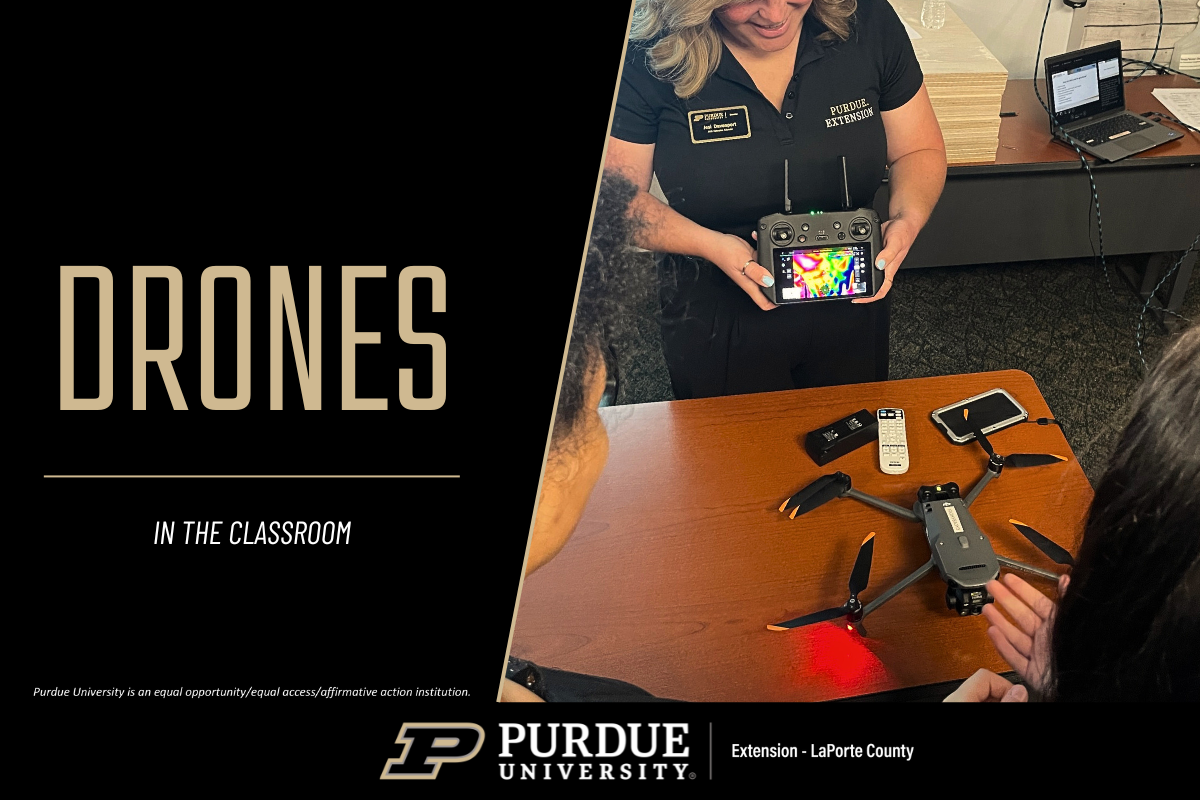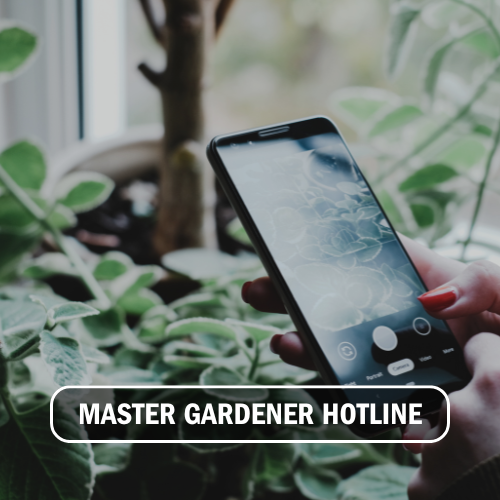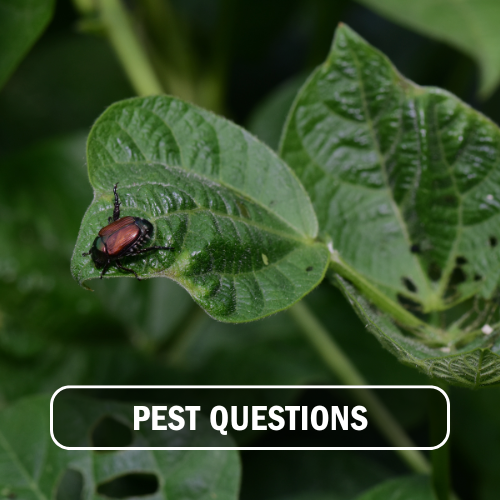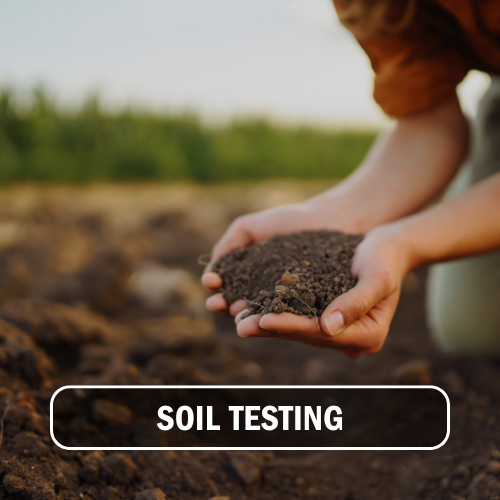What We Do
Jesi Davenport
Purdue Extension LaPorte County
Agriculture & Natural Resources
(219) 324-9407
Other Resources

In northern Indiana, you can plant cool-season vegetables in the spring after the last frost, which is usually in late April. Cool-season vegetables grow best in temperatures between 55°F and 75°F and can tolerate light frosts.
COOL SEASON VEGETABLES
Cool-season vegetables grow best in cool weather. They are often planted in spring to mature before the hot weather or in late summer to mature in the cooler fall weather. Planting often occurs in March-April and/or August-September. Cool-season vegetables tolerate frost and are classified as either Very Hardy or Hardy.
VERY HARDY:
- Very Cold Tolerant: Conditioned plants tolerate temperatures in mid-20’s (F) but are usually damaged by temperatures in the low-20’s.
- Plant as Seed Directly into the Garden: collards, kale, kohlrabi, lettuce, onion, peas, spinach, turnip
- Plant as Transplants: Asparagus, broccoli, Brussels sprouts, cabbage, collards, horseradish, leek, onion, potato (using seed potatoes), rhubarb
HARDY:
- Cold Tolerant: Conditioned plants tolerate light frosts but are usually damaged by temperatures in the upper-20’s (F).
- Plant as Seed Directly into the Garden: beet, carrot, Swiss chard, mustard, parsnip, radish
- Plant as Transplants: cauliflower, celery, Swiss chard, Chinese cabbage, leaf lettuce, mustard
WARM SEASON VEGETABLES
Warm-season vegetables grow best in warm weather. Warm-season vegetables do NOT tolerate frost and are classified as Tender or Warm-loving. Tender vegetables usually have one planting to last all season (exceptions are bush snap beans & sweet corn with multiple plantings). Plant tender vegetables when the danger of frost is past. Mother’s Day (second Sunday in May) is often used as a guideline in northern Indiana on when to begin planting. Warm-loving vegetables usually have one planting to last all season (an exception is lima beans with multiple plantings). Plant warm-loving plants 1-2 weeks after tender vegetables are planted.
TENDER:
- Intolerant of Frost: Plants are killed by frost but tolerate colder weather above freezing.
- Plant as Seed Directly into the Garden: snap beans, dry beans, New Zealand spinach, summer squash, sweet corn
- Plant as Transplants: tomato and summer squash (if transplanted with care)
WARM LOVING:
- Intolerant of Frost: Plants are killed by frost and do not tolerate cold weather above freezing (plants grow best in the heat of summer). Plant 1-2 weeks after tomatoes.
- Plant as Seed Directly into the Garden: cucumber, watermelon, muskmelon, other melons, winter squash, pumpkin, okra, lima bean, yard-long bean, southern cowpeas
- Plant as Transplants: eggplant, pepper, tomato, sweet potato and cucumbers, melons, winter squash, pumpkin (if transplanted with care)
INDIANA VEGETABLE PLANTING CALENDAR
For specific planting information on vegetables, consult Purdue Extension publication HO-186, Indiana Vegetable Planting Calendar.
Getting Started Checklist
To get started, it normally takes an initial investment of around $2,000 for a professional UAV, camera and landing pad. You will also need an FAA certificate to fly a UAV for commercial use.
Here’s a checklist to get you started:
Know the FAA requirements and Indiana Drone Laws
The FAA views all UAV activity featured on this site as commercial operation, so know the requirements and state laws.
Become a certified drone pilot
You don’t need any previous experience to become a certified pilot, but you must meet the following requirements:
- Be at least 16 years old
- Proficient in English
- Pass a TSA background check
- Pass a written aeronautical knowledge exam at an FAA-approved testing center
- Pass a recurring test every 24 months
Determine goals that align with your farm management strategies
It is always important to first decide what the needs are for your operation before purchasing a UAV, selecting your camera, or even planning your flight.
Purchase a drone
Drone systems range anywhere from $800 to $25,000 and come in fixed-wing or multi-rotor options. Fixed-wing UAVs are the best choice when covering a lot of ground quickly. However, image quality can suffer due to speed. Multi-rotor UAVs give you more control and are the best option for accuracy and resolution. On the downside, most multi-rotor UAVs require a charge or battery swap every 50 acres.
Register your Aircraft
The FAA requires you to register your UAV under “Part 107” and label your aircraft with a registration number.
Download Flight Planning SOftware
Depending on the UAV, you will need to download the proper software to plan your flights. Here are a few free options.
- DroneDeploy.com
- Sentera.com
- PrecisionHawk Precision Flight
Purchase Insurance
How much you need depends on the drone, location and industry.
For more information on how to get started and find training programs, check out Purdue Extension UAV "Getting Started" Page
For upcoming UAV Training Programs check out Purdue Extension UAV "Training Program" Page
For general UAV information, check out Purdue Extension "UAV Uses" Page

Introducing drone piloting to students offers an exciting opportunity to blend technology with hands-on learning. Drones serve as versatile tools that can spark interest in STEM fields, teaching principles of flight, programming, and engineering in a highly engaging way. Beyond technical skills, piloting drones fosters critical thinking, problem-solving, and creativity, as students explore real-world applications such as aerial photography, environmental monitoring, and mapping. It also emphasizes digital responsibility, ensuring students understand the importance of ethical and safe drone operation. By integrating drone piloting into education, we prepare students for a tech-driven future while making learning dynamic and fun.
Benefits to Introducing drones to school-aged kids
- STEM Education Enhancement: Introduces concepts in science, technology, engineering, and mathematics in an engaging and hands-on way.
- 21st-Century Skills Development: Encourages critical thinking, problem-solving, and teamwork.
- Technological Literacy: Prepares students for a future where drones are increasingly used in various industries.
- Creativity and Innovation: Sparks creativity through projects such as aerial photography, videography, and mapping.
- Career Exploration: Exposes students to potential careers in fields like engineering, robotics, agriculture, and environmental science.
- Practical Applications: Teaches real-world uses of drones, such as search and rescue, wildlife monitoring, and delivery services.
- Fun and Engagement: Makes learning exciting and keeps students motivated.
- Aviation Principles: Introduces basic concepts of flight, aerodynamics, and remote control systems.
- Digital Responsibility: Educates students on ethical and safe drone usage, including respecting privacy and following laws.
- Interdisciplinary Learning: Encourages connections between subjects like geography (mapping), environmental science (monitoring ecosystems), and art (aerial photography).
- Hands-On Learning: Offers an interactive, experiential approach to education, catering to different learning styles.
- Building Confidence: Boosts self-esteem through mastering new skills and completing challenging tasks.




